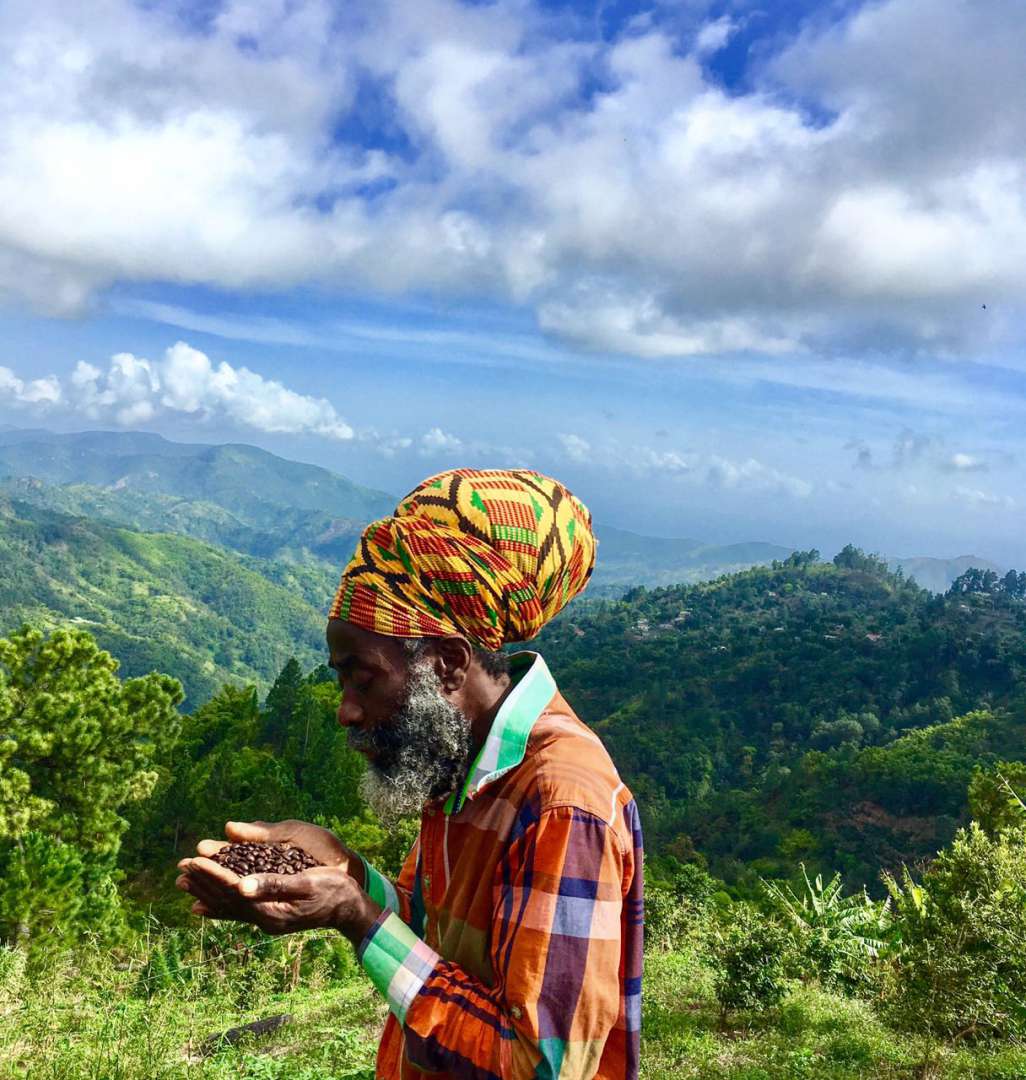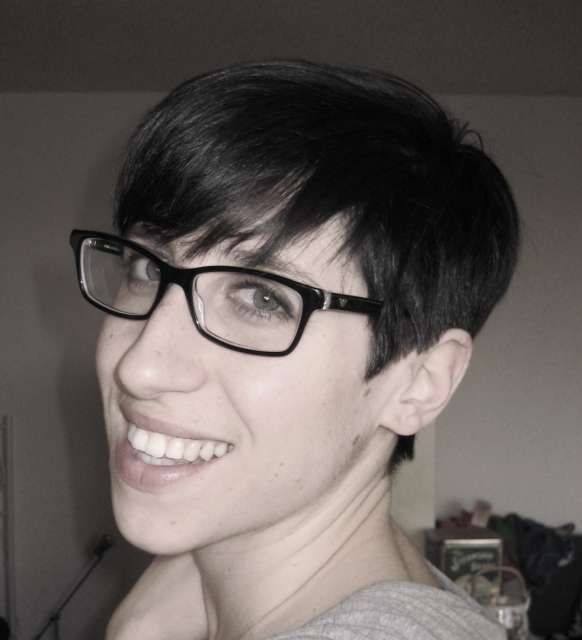Trujillo - Northern Peru
Nai-publish: 02.06.2017
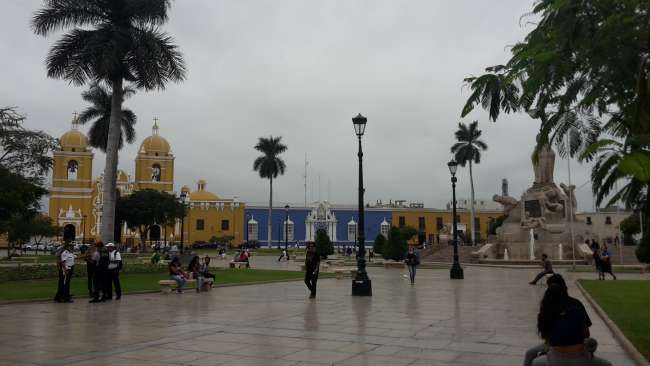
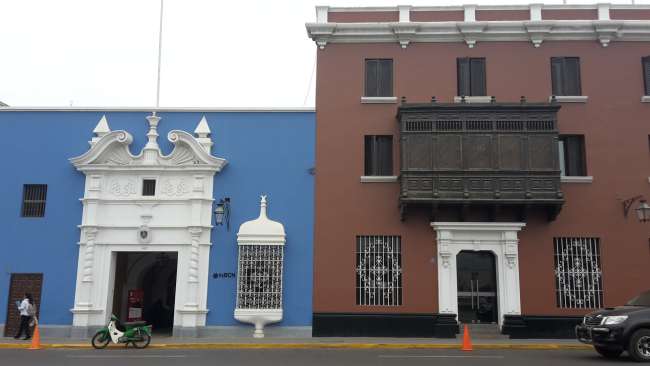
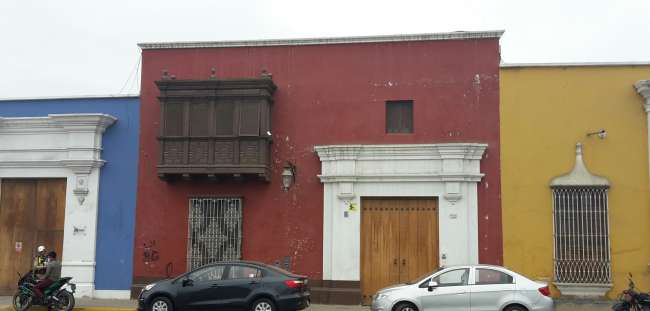
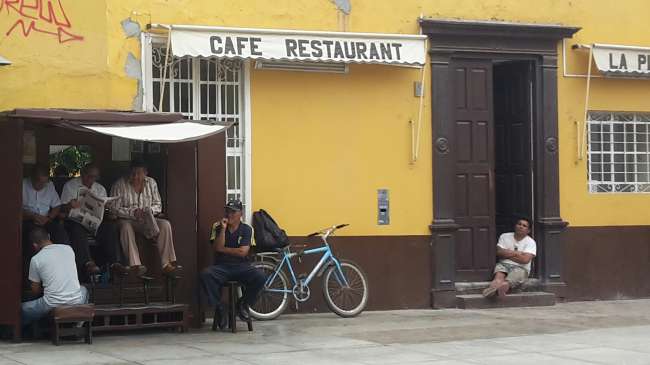
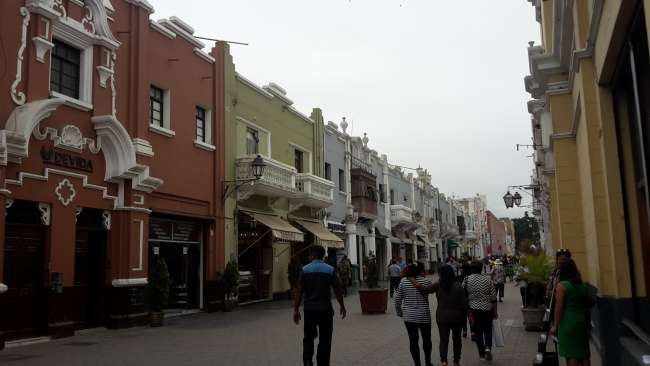
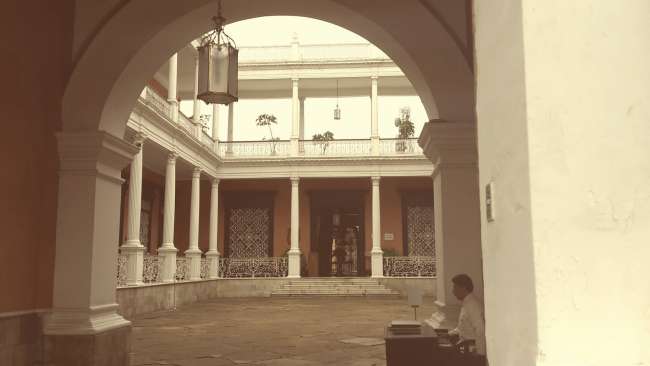
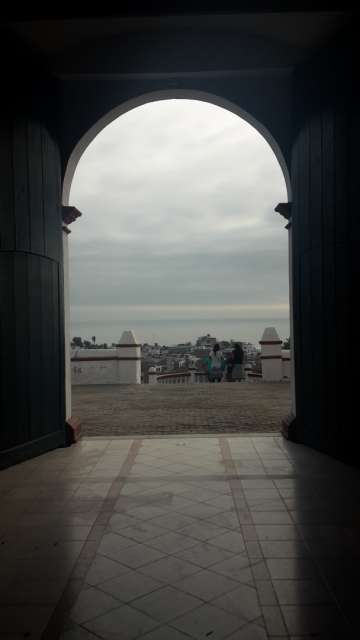
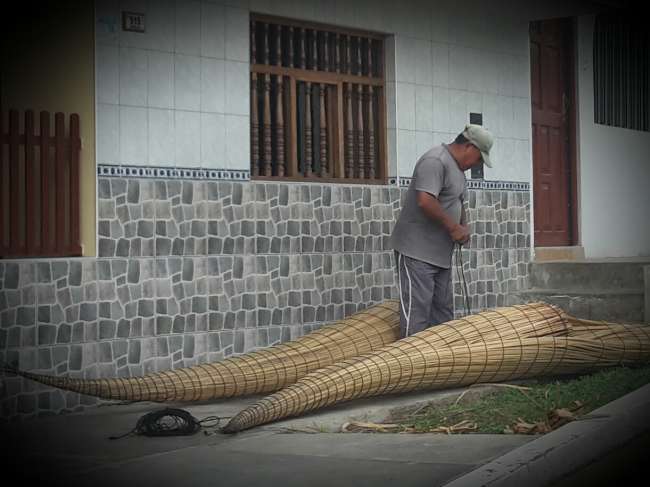
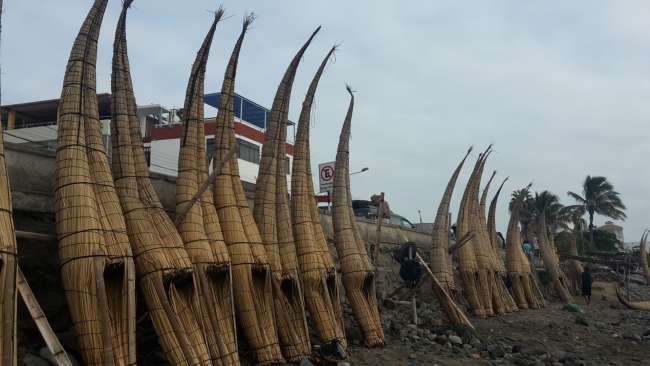
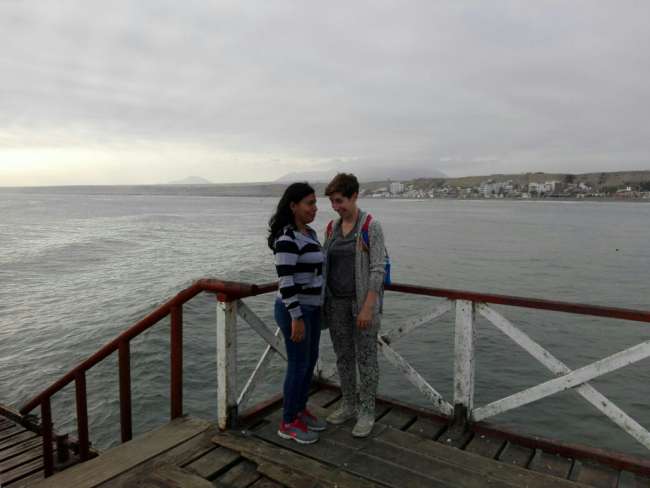
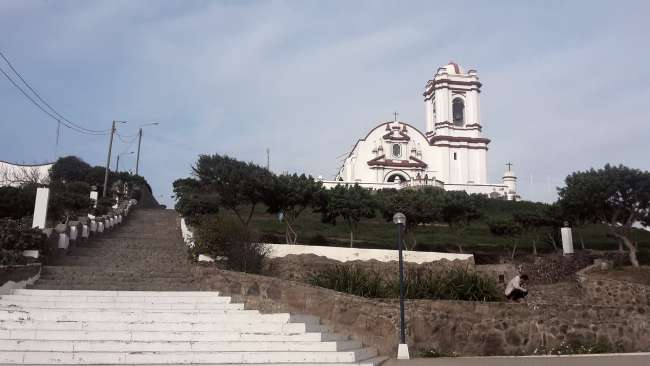
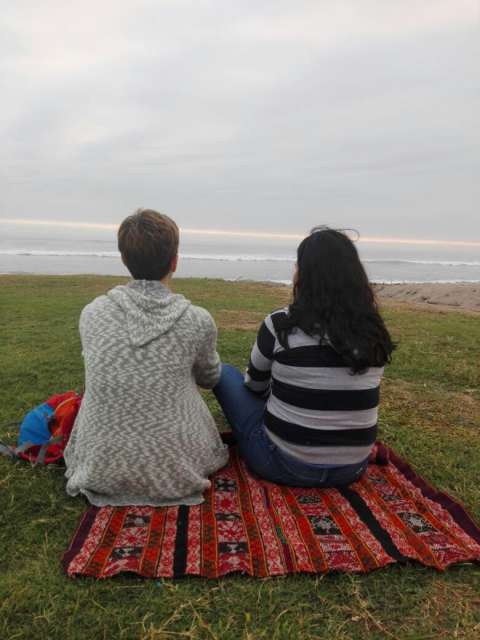
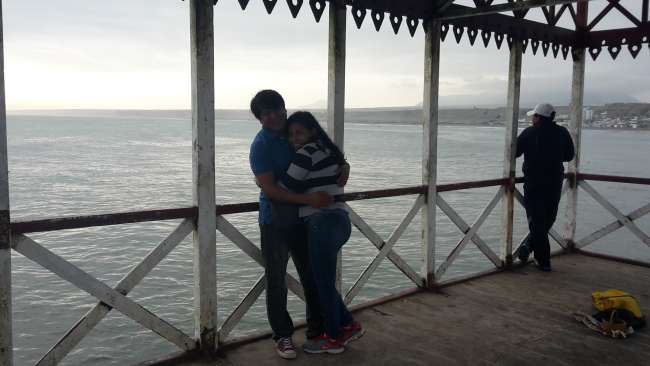
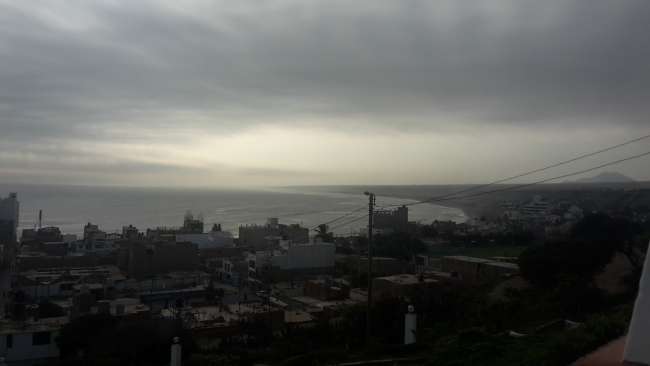
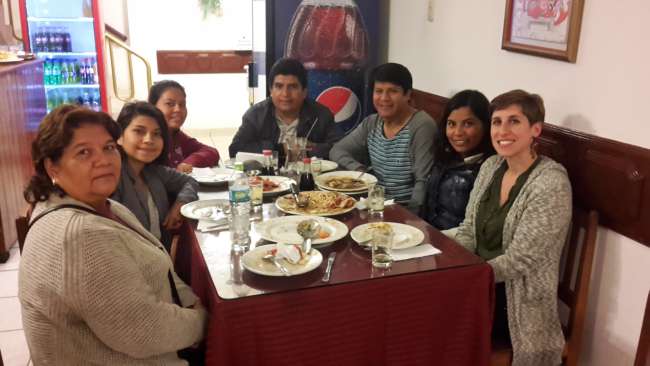
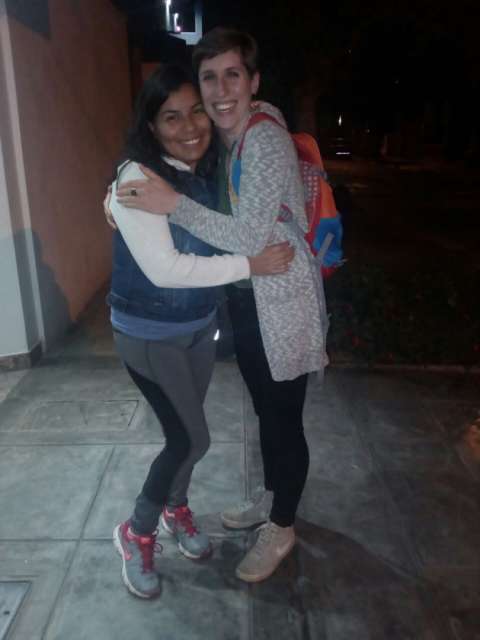
Mag-subscribe sa Newsletter
I have been back in the city where the adventure began almost a week ago. You can find the photos of the hospital, as well as the detailed report, on our other wonderful blog that David has painstakingly created. During my assignment there, I spent a lot of time contributing my ideas to enable better and easier work. My help was gratefully accepted and several work steps have already been changed during this time. A meeting with the Foundation has already been agreed upon for after my return to discuss further ideas together. It was a wonderful experience to work as a nurse here in Peru and I have been able to meet many warm-hearted people. This is where I also met Carmen, who works as a midwife at the hospital. She invited me to explore the city of Trujillo, where she lives. I couldn't say 'no' to that.
Trujillo is located in the northern coastal region, which has fewer tourists than southern Peru. This area is very dry, but interrupted by fertile river valleys - as I could see in Coina. Cotton plantations and rice fields secure the survival of the people there. When we visited Carmen's family in Paiján, 50 km away, I was able to see for myself the desert-like nature. The houses and the furnishings reminded me a lot of my second home, Italy.
Back to Trujillo. The Moche culture ruled this part of Peru for almost 1000 years, with its capital near Trujillo. Trujillo is the third largest city in Peru with 760,000 inhabitants and is located 560 km north of Lima. The climate is slightly cooler because the city is only a few kilometers away from the sea. The city was founded by the world-famous Francisco Pizarro, who chose the name of his hometown for this place. Many restored private houses of wealthy families, along with the many churches, give the city its flair. Unfortunately, I couldn't visit the nearby ruins of Chan Chan as mentioned, which are considered the sunken capital of the Chimú Empire. Huanchaco is located 13 km from Trujillo. This small fishing village has a popular beach resort and is no longer unknown to surfers. On the beach, you can see many fishing boats made of reeds, which are erected for drying after use to make them more durable. The construction of the 'caballitos de totora' has remained unchanged for centuries. The Mochica and Chimú already used the same technique. So four wonderful days with Carmen come to an end. Gracias para todo!
Mag-subscribe sa Newsletter
Sagot

Mga ulat sa paglalakbay Peru
